3 Simple Strategies for Choosing a Bike Lock
One of the big fears for many cyclists, is coming back to their favorite bike, only to discover a broken lock on the ground. Sometimes these things happen, but most of the time they are avoidable. We received a few questions about which lock to buy, so we came up with 3 simple strategies you can use together or independently to identify the best lock to ensure your bike remains where you leave it.
Thankfully, my bike has never been stolen, but that is probably the result of positive karma after dealing with several stolen cars. Somebody stole one of my cars twice in the first 6 months I owned it, which also contributes considerably to my vigilant with bike locking practices.
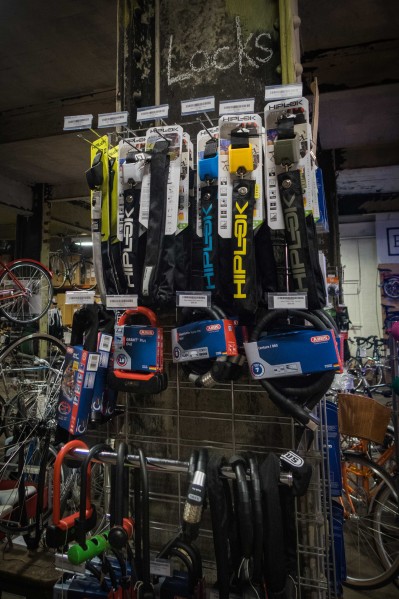
As a kid with a BMX bike, I carried around the biggest, most ridiculous chain you’ve ever seen, partially because it was cool. As an adult, my locks are a combination of U-Locks and/or cable locks. The different types of bike locks can get very confusing, and with new designs coming out regularly, I suspect it will get worse. Fortunately, there are only few things that you need to understand before buying a bike lock:
- Bike locks are a theft deterrent, rather than a guarantee. An enterprising thief will figure out which tools they need to liberate your bike from the rack, and while it may take heavy-duty tools, all locks are breakable. The harder your lock is to break, the more time a potential thief needs steal your ride.
- To survive a thief on the hunt, your bike needs to be one of the less attractive targets on the bike rack. This is achievable by having a more difficult lock to break, or by having a less attractive bike. I prefer the former, personally.
- The hierarchy of lock difficulty is this: D-Lock/U-Lock, Chain, and cable locks. Within each of these groups, thicker is harder for a thief to break, but generally heavier for you to lug around, and cable locks are the least effective regardless of size.
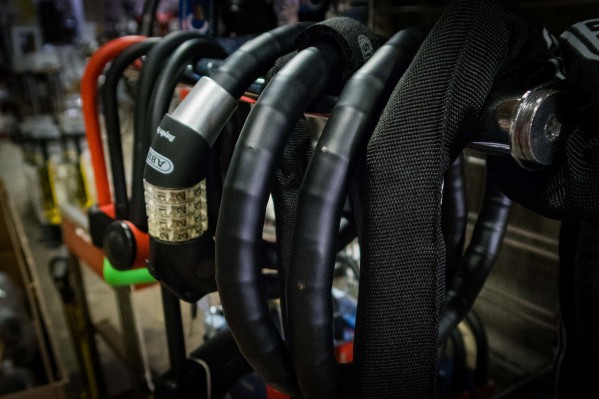
I use a simple approach that I use involves 1 general rule of thumb, combined with a small bit of bike-rack research, and a self-assessment of your own comfort level.
- Your lock should roughly cost ~10% of the price of your bike. If you have a super expensive $10,000 bike, I suspect you sleep with it, so locking isn’t an issue because it’s always by your side. 😉 There is no point in skimping on the lock after you spend several hundred to a thousand dollars on a bicycle.
- Buy the strongest lock you see on the bike-racks where you regularly take your bike. This way, your lock will be one of the harder ones for any potential thieves to break, and they will likely take another bike.
- If you do not feel comfortable walking away from your bike, buy a bigger/stronger lock. The two things that will drive this are the relative safety of your city / suburb / neighborhood and your personal aversion to taking the risk. I can’t help you with the last one, but if you see broken locks, bikes missing wheels, or missing other significant part, then you may need stronger and/or multiple locks for your neighborhood.
Finally, here are a few of the locks we use, with a brief description of why we chose them.
I used the standard Kryptonite New York lock for my nice mountain bike on the back of the car. I was generally parking in more rural areas, but since mine was the only (and nice) bike, I wanted maximum security. This lock also comes with a guarantee, that if the thief breaks the lock and the pieces are there, you will receive up to $3,000 towards a new bike.
I used this in conjunction with the U-locks to ensure that my wheels and seat would still be attached to the bike when I return. It is also nice for locking the helmet to the bike.
This is the lock we use the most now because it is long enough to run through the frames of both of our bikes. We use it along with the cable to lock the wheel, the bikes, and helmets all together. I will do another post on how to lock up soon, with tips and photos.
We purchased these cheap Wordlock cables for our nice-ish road bikes. They are relatively light weight, and we generally are within sight of our road bikes, when these are in use. For example, we would use these for a post-ride coffee or meal (we have a rule about only wearing bike gear when close to the road bikes, otherwise we look completely ridiculous)
While there are lots of new locks (bluetooth-enabled?) coming out everyday, and many ways to complicate lock purchasing, you can always simplify it. Don’t skimp on the price of the lock, buy an appropriate strength lock for your area, and if you are still uncomfortable, double up the locks.
Feel free to ask us any questions below, and if you have any good tips, add those as well.
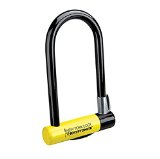
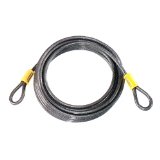

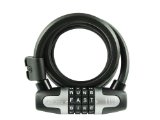

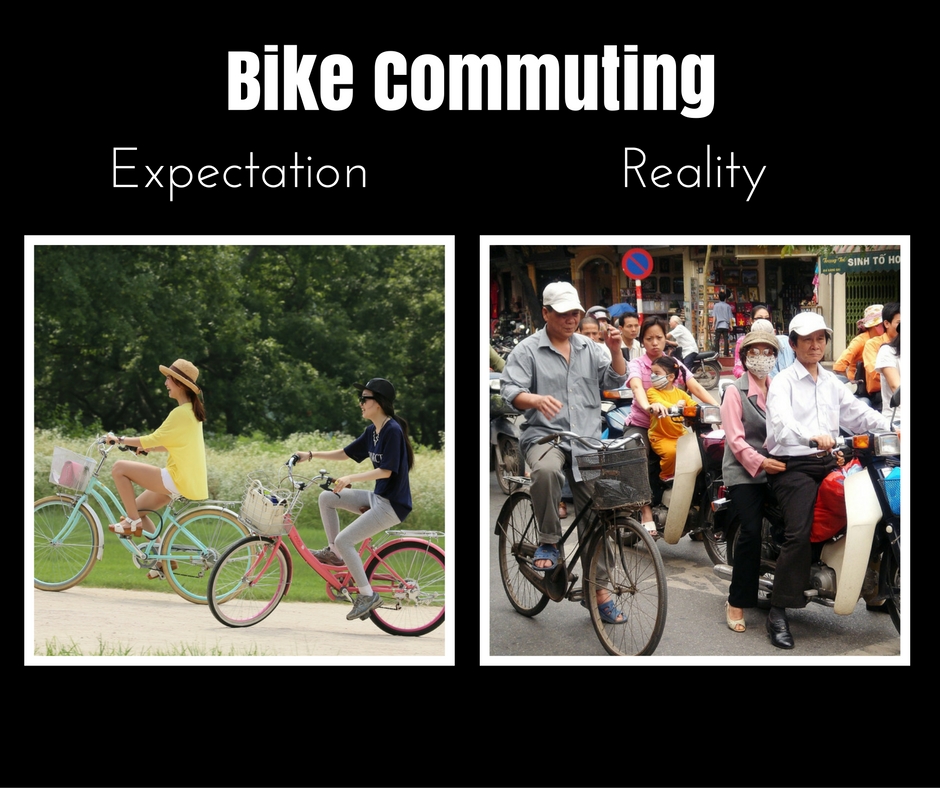


1 Response
[…] and if there are even a few bike thefts in the area, buy something cheaper, just in case. (Read this post for more information on choosing a bike lock) Bonus tip: a folding bike may fit under your desk, […]